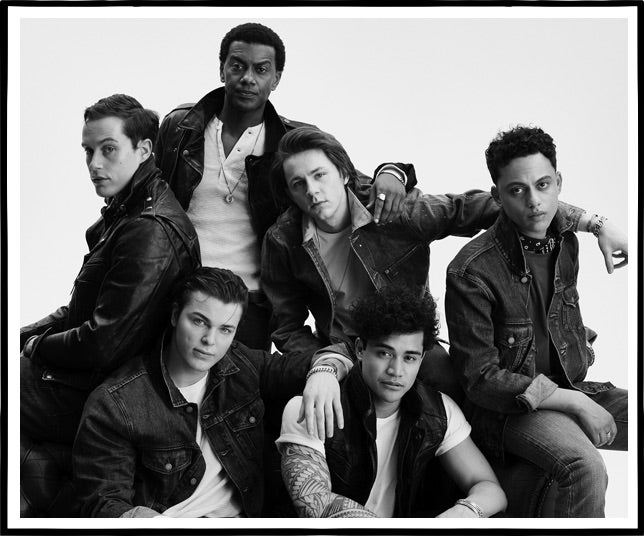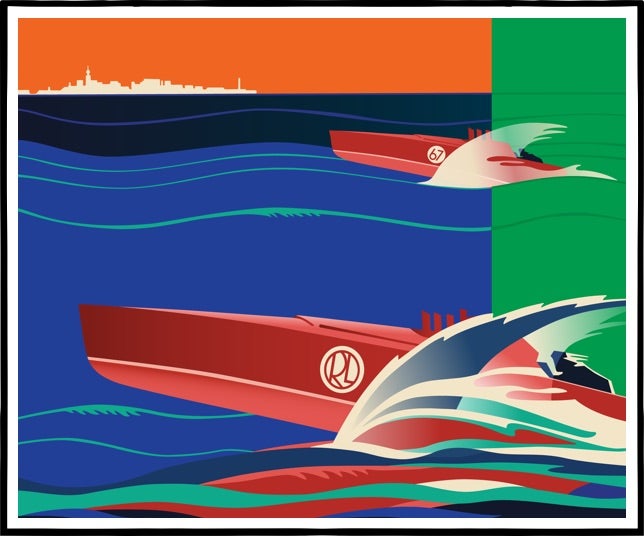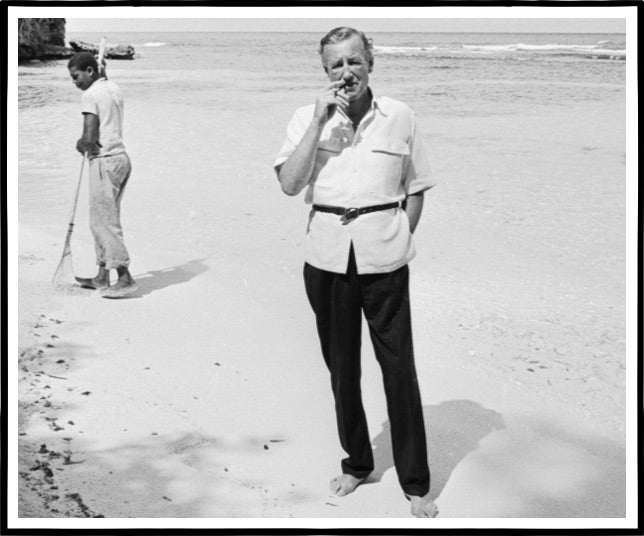Blurring the Line
Is that a Porsche? No, it’s a RUF, one of the most desired of all performance cars and beloved for the personal flair and color the building process offers each lucky ownerAs with almost all the marques of auto legend, the visionaries who built them started by doing their best and then continued to do better. Such is the story of RUF, the German performance car manufacturer, which began as a family garage and gas station in 1939 that evolved into the premiere tuner of 911s in the mid-1970s before becoming a maker of 911-inspired builds that are some of the fastest cars on the road. RUF cars may look a lot like Porsches, in other words. But RUF bodies and chassis are made by RUF; they come with their own RUF VIN numbers. That, as a result, makes RUF cars RUF cars—not, technically speaking, Porsche 911s, even if the two look like they were separated at birth.
According to Ted Gushue, the editor in chief of Porsche’s in-house digital magazine, Type 7—and the founder of ERG Media—“The RUF family and the Porsche family have always maintained a close and cordial relationship, and RUF operates a very successful official Porsche service center on their campus in Pfaffenhausen. From an outside perspective, it appears to me that both brands are grateful for what the other has done to crystalize the global Porsche community.”
While RUF has defined the market for “Porsche” performance—the CTR3 Evo model has a top speed of 236 mph—their cars, which range from $750,000 and up, allow for unbounded individualism, and no less than 800,000 color options. RUF’s commitment to colorful self-expression is the brand’s most outward facing nod to an owner’s unique style, as its inner performance is stowed under a classic silhouette. All of this, according to Gushue, isn’t just good for RUF but is good for Porsche, too.
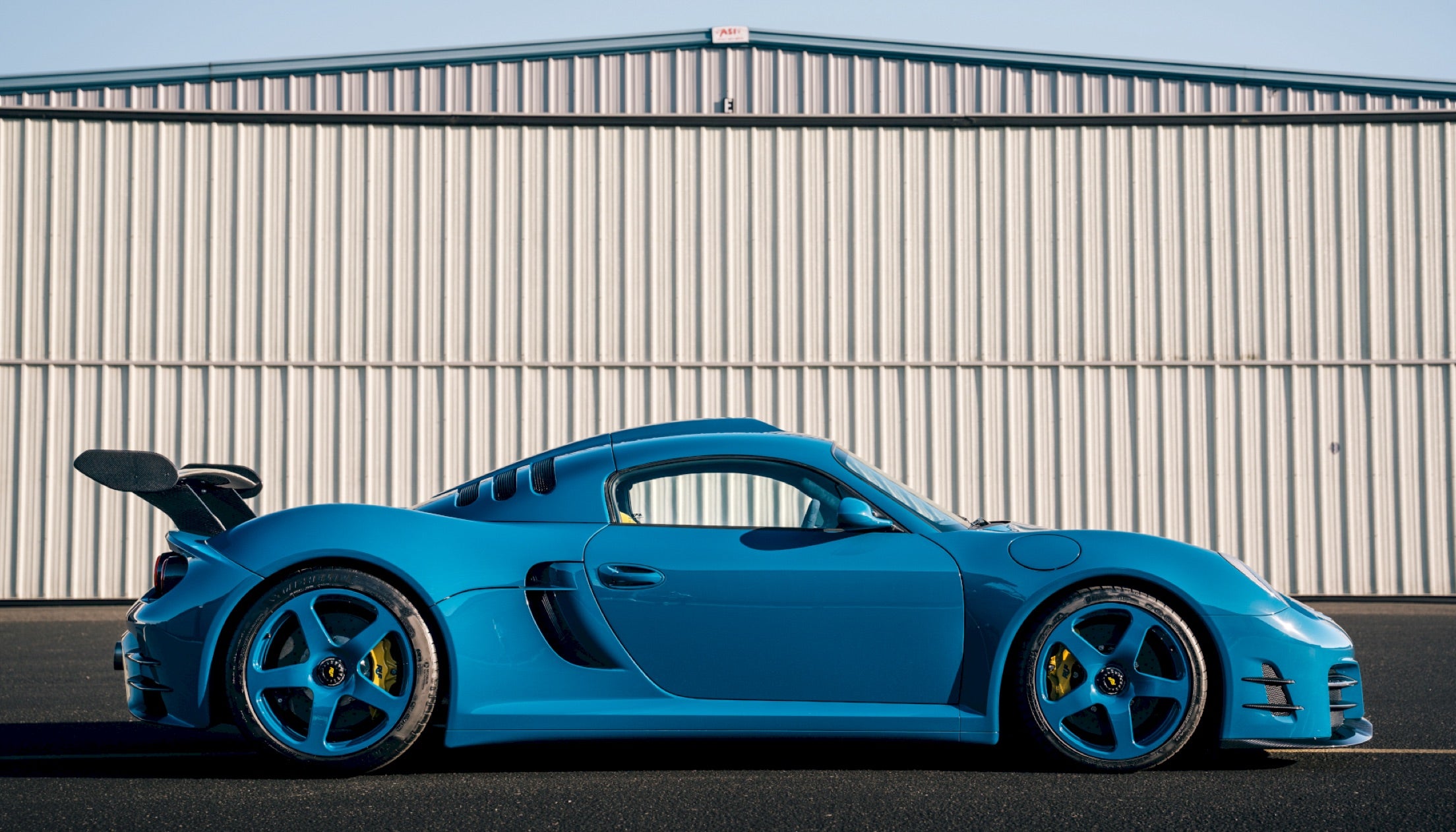
Several different models, including a blue CTR3 Evo and green SCR, amid scenes from inside the factory in Pfaffenhausen, Germany
PHOTO CREDIT: Ruf Automobile and Aloisa Ruf
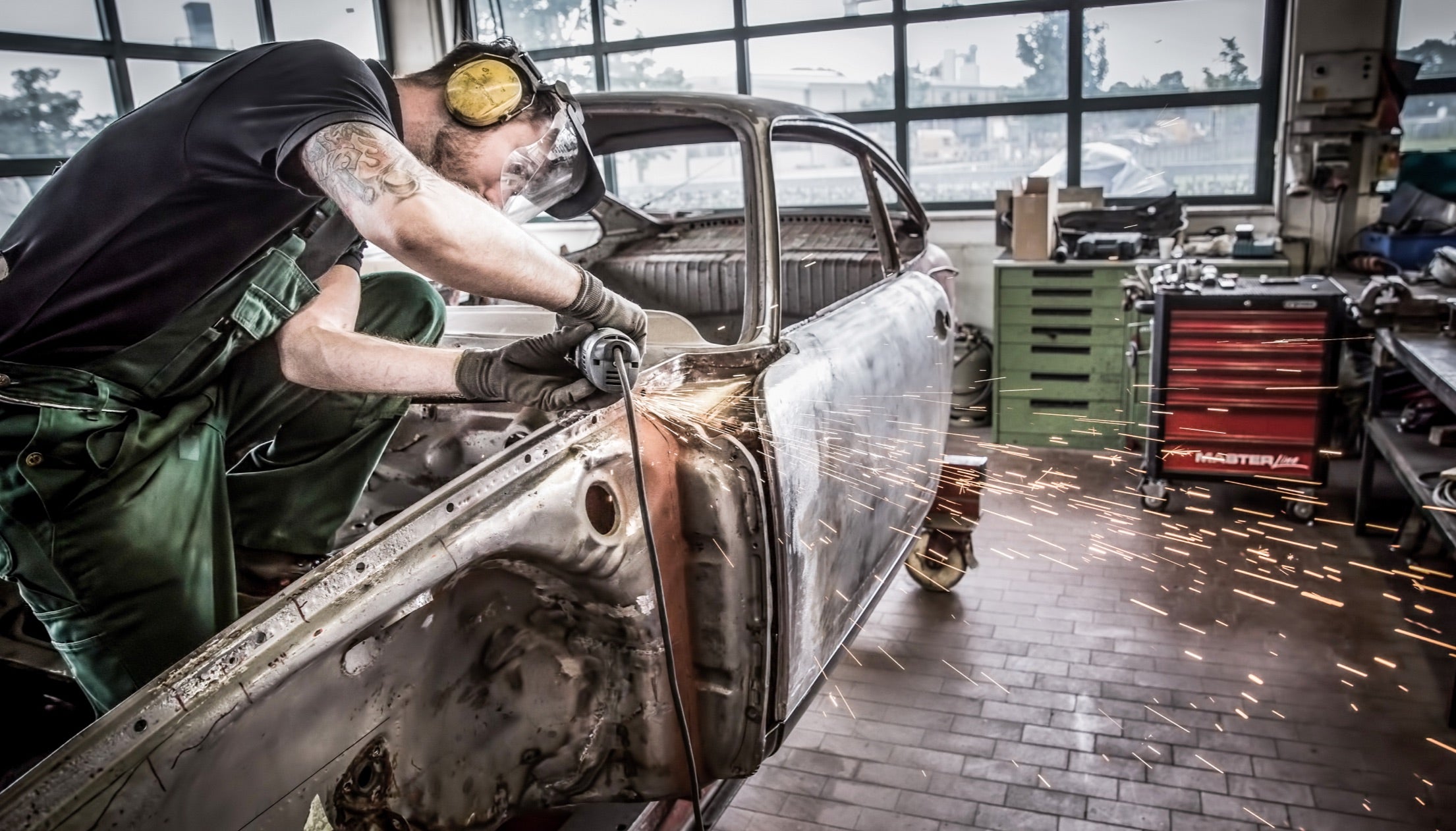
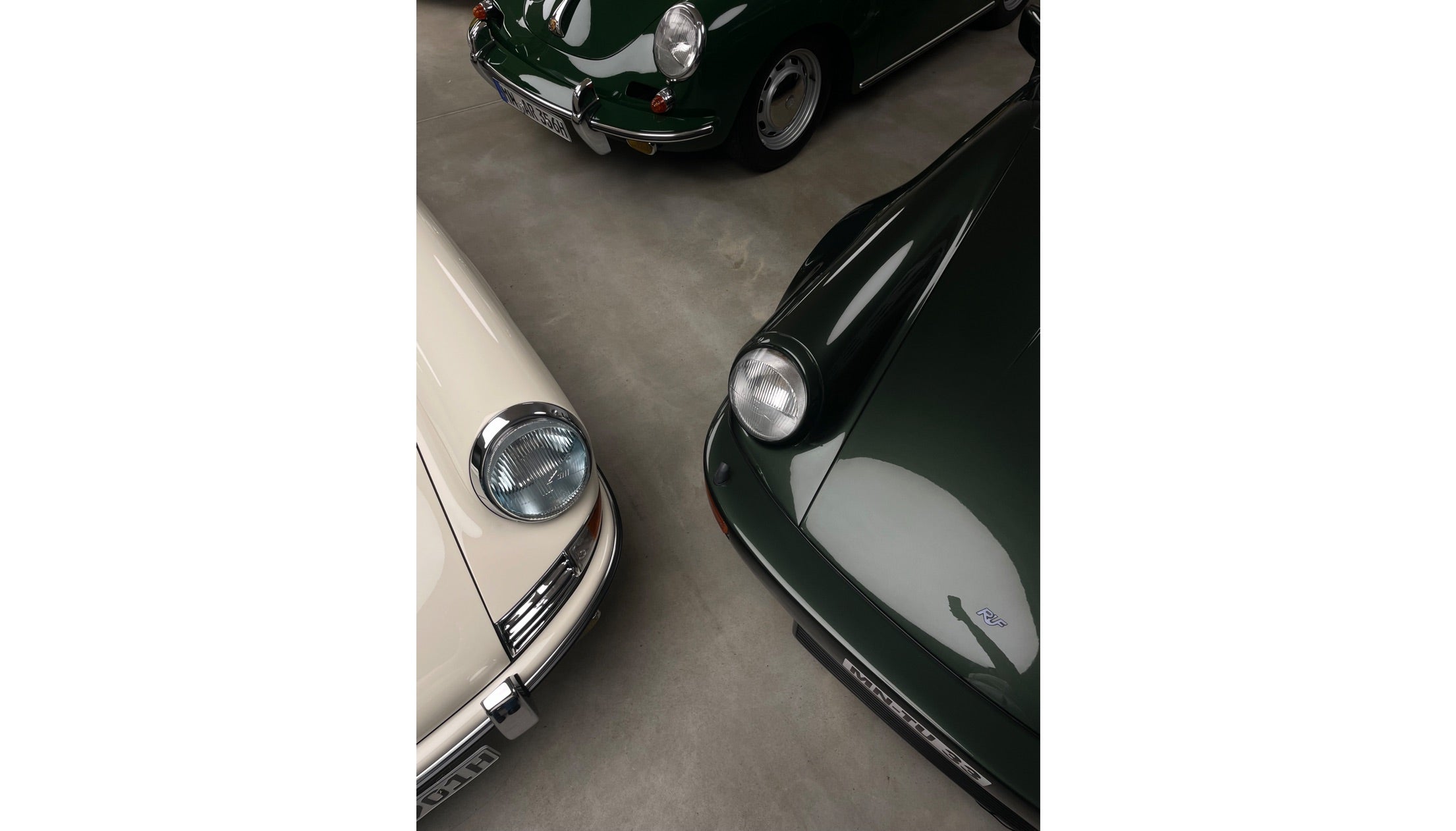
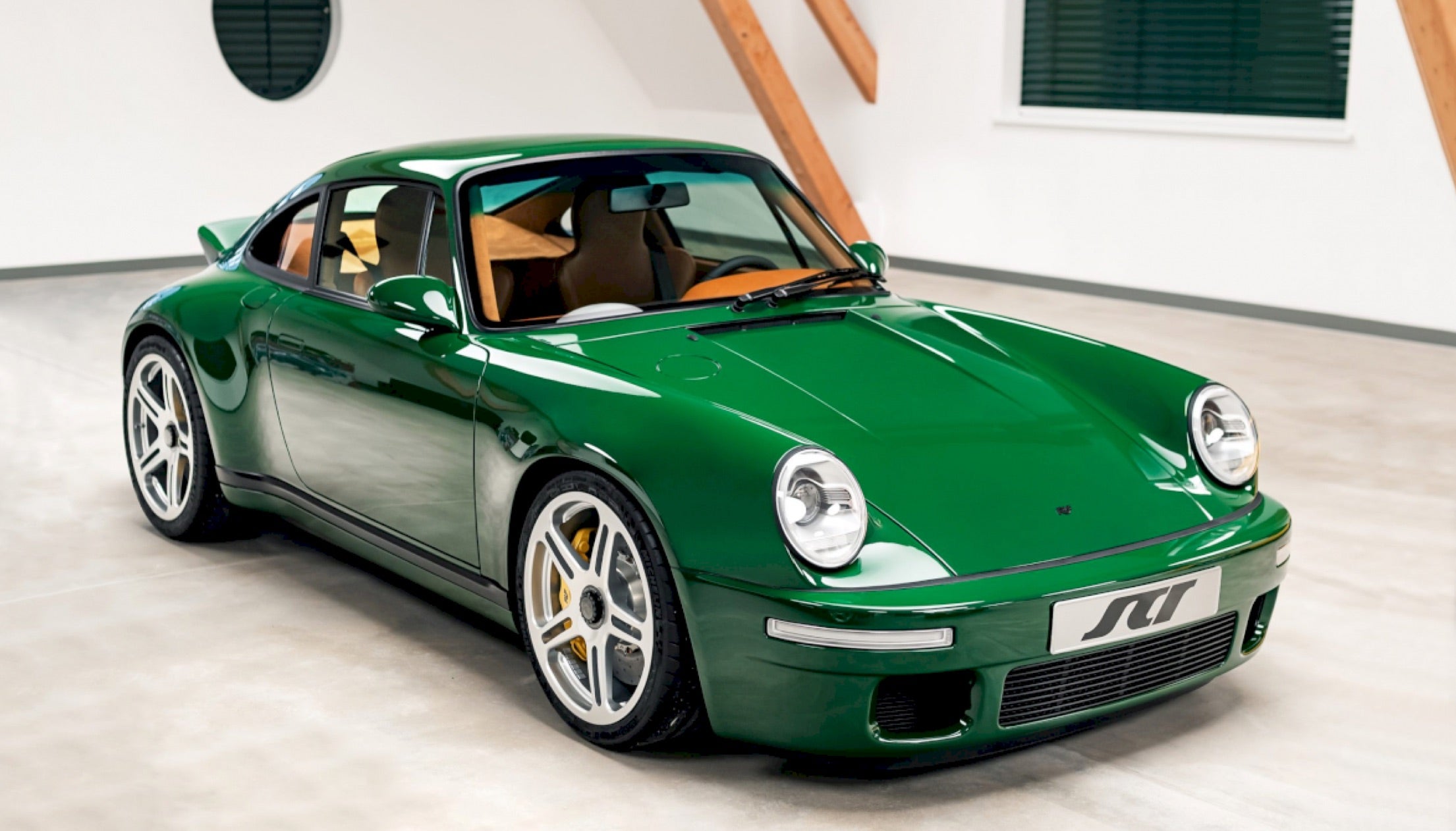
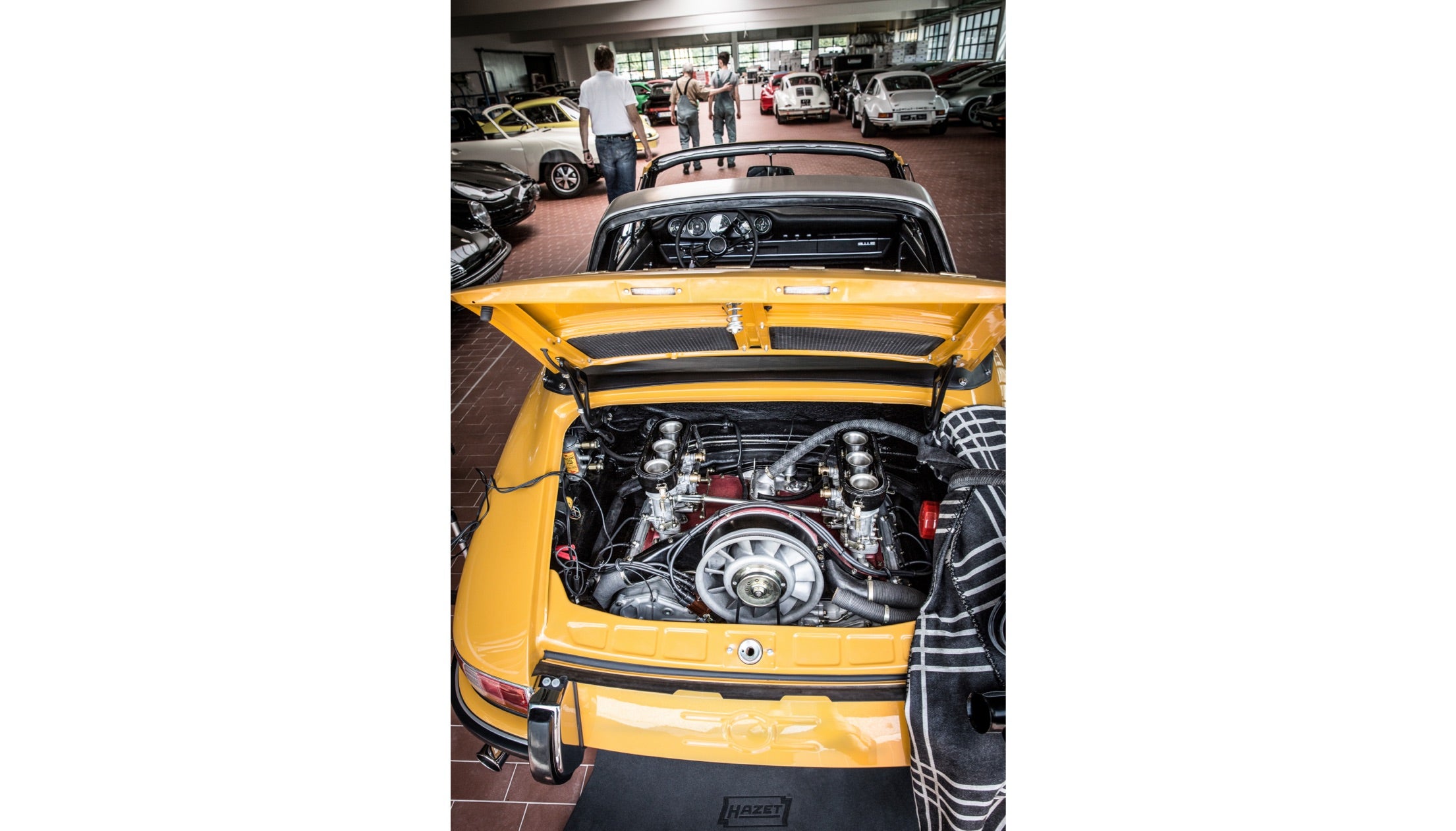
In the ’70s and ’80s, Porsche codified customization with the Sonderwunsch—or special wishes program. The commitment to the slogan “you dream it, they build it” led to some radical colorways for buyers—“Sepia Brown,” “Aubergine,” “Leaf Green,” “Oxford Blue,” etc.—who had the time and means to get what they wanted.
While still very much alive today in the Porsche Exclusive Manufaktur and its Paint to Sample (PTS) program which allows the buyer to create a unique colorway, actually getting an allocation for a PTS car is, well, nontrivial: Pulling a car off the assembly line to paint it a nonstandard color, or to personalize interior materials and stitching, tends to muck up the precise flow in Zuffenhausen or Leipzig.
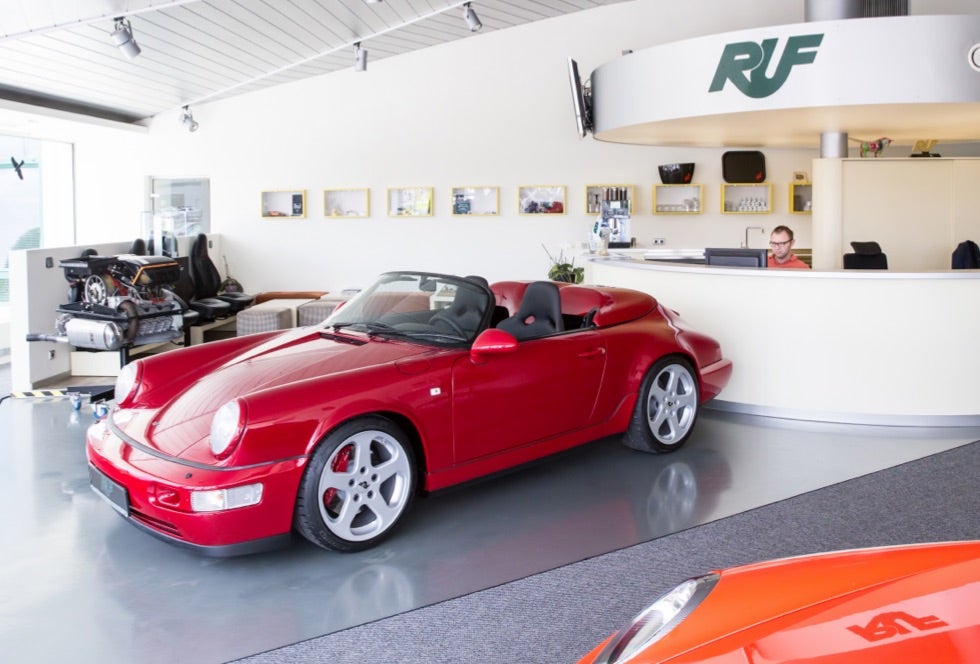
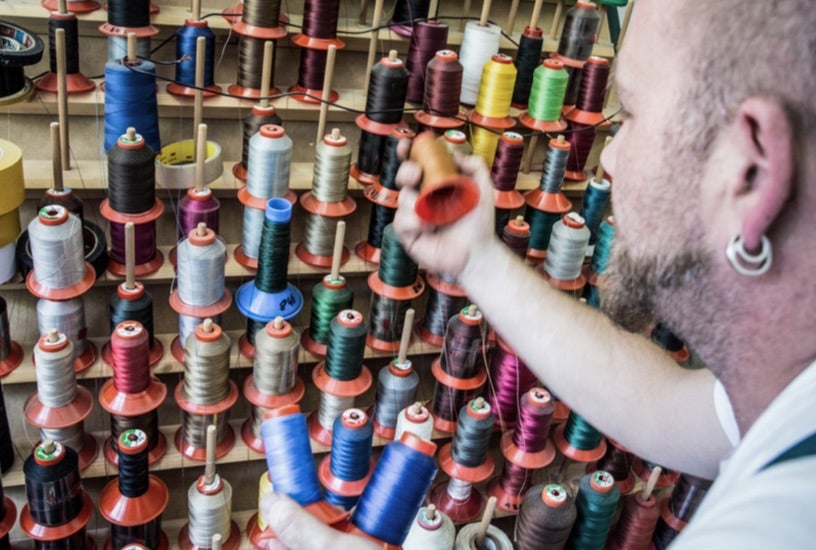
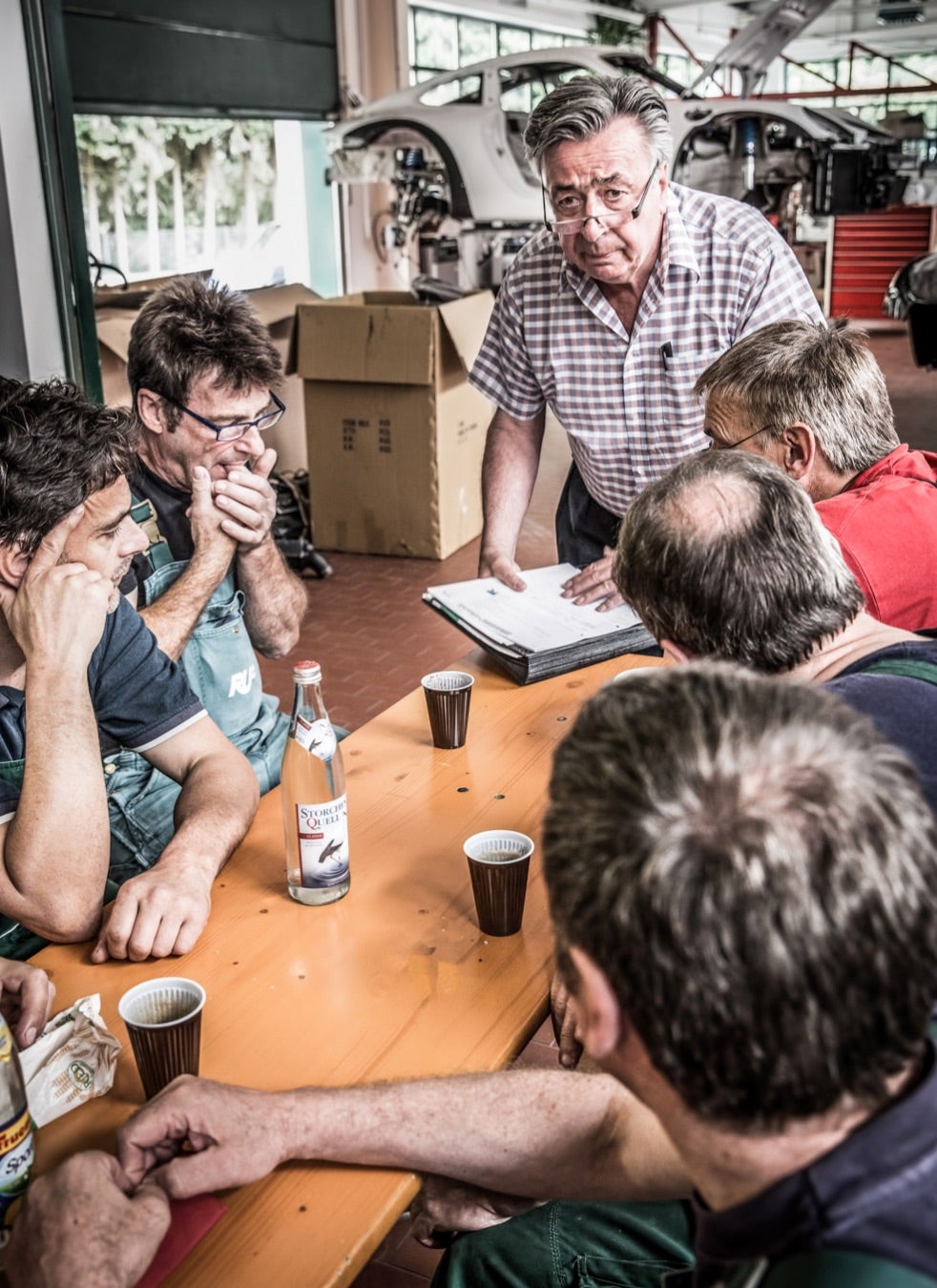
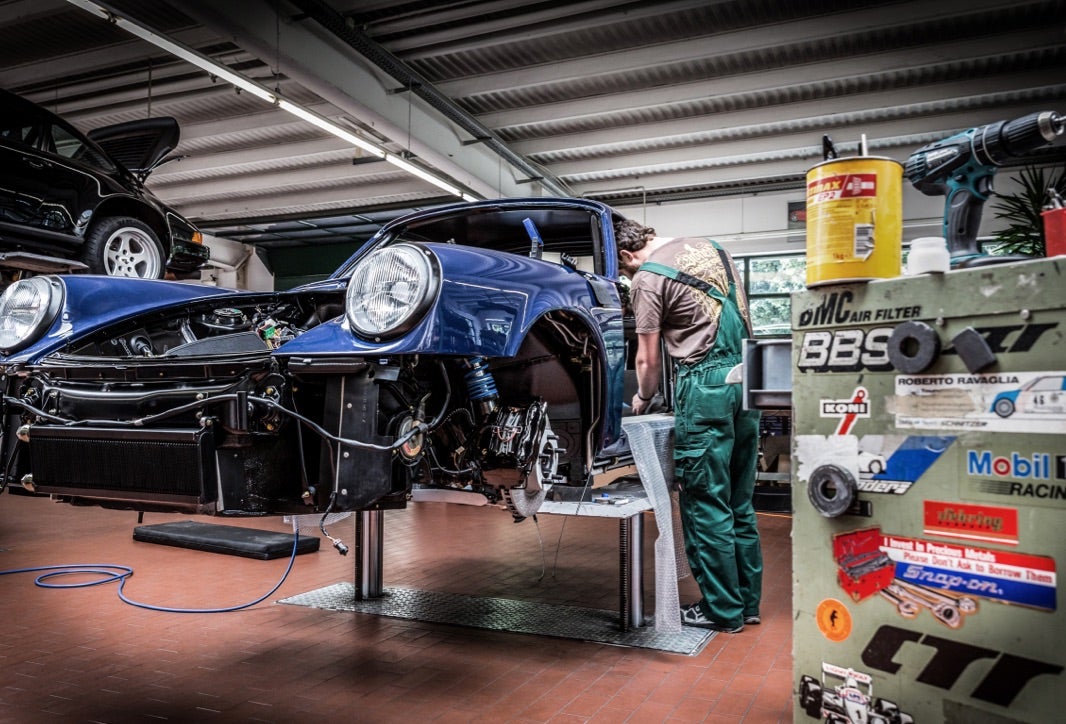
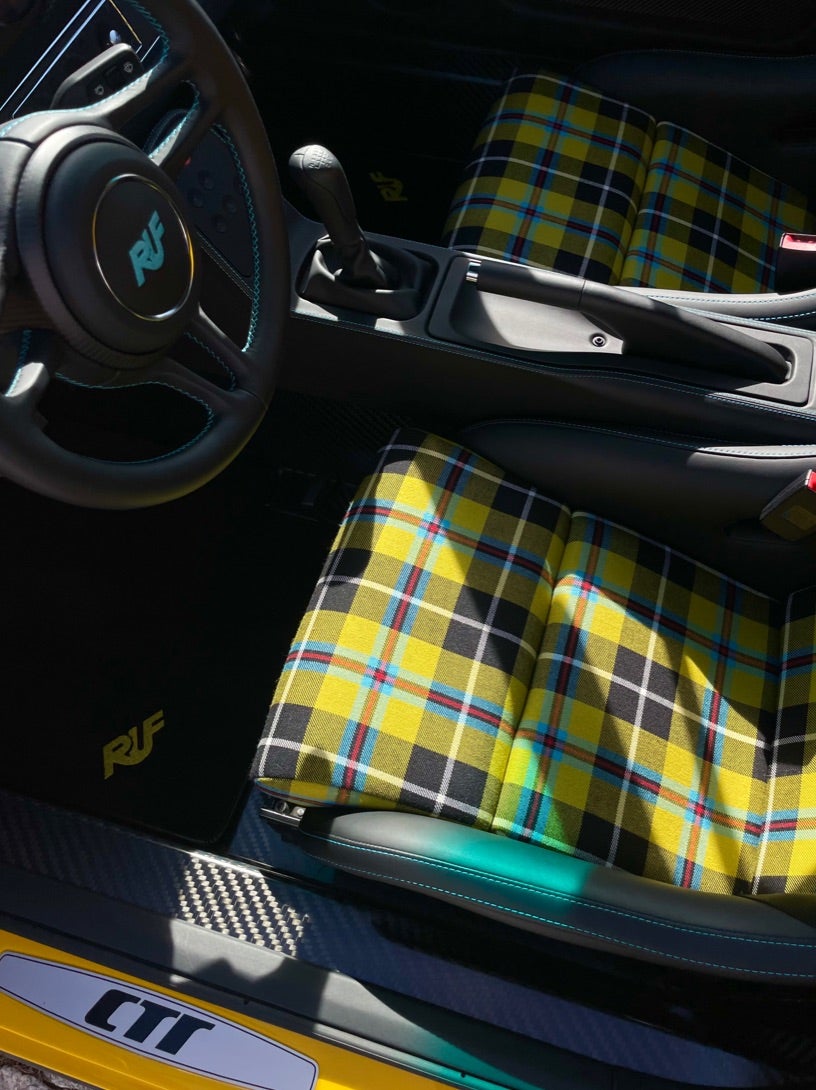
EXTREMELY PERSONAL
RUF allows its lucky owners to personalize their cars in the most detailed of ways. Alois Ruf, upper right, talks to his staff. His father founded the company in 1939, which began as a gas station. Below, a paint technician at work in the RUF factory. There are 800,000 colors to choose fromPHOTO CREDIT: Ruf Automobile and Aloisa Ruf





EXTREMELY PERSONAL
Ruf allows its lucky owners to personalize their cars in the most detailed of ways. Alois Ruf, upper right, talks to his staff. His father founded the company in 1939, which began as a gas station. Below, a paint technician at work in the RUF factory. There are 800,000 colors to choose fromPHOTO CREDIT: Ruf Automobile and Aloisa Ruf
Unique colors reflected the personal taste of Porsche’s founder, Ferry Porsche, who favored green cars, and Porsche as a result offered several unique greens dating back to various 356 models in the 1950s. At the Porsche museum in Zuffenhausen, Ferry Porsche’s personal 930 Turbo in dark green with a houndstooth interior is a featured and favorite car. As with so many things Porsche, the timing of expanded color choices was perfect: other marques followed and the PTS examples in rich browns, greens, orange, and grey have appreciated faster than the standard color variants in the frothy Porsche collector’s market of the past decade.
(Note of caution: While special wishes can make dreams come true at Porsche, there are taste limits to what can actually be built, as Porsche exercises some degree of creative control and point of view in helping those lucky buyers with an allocation through the design process.)
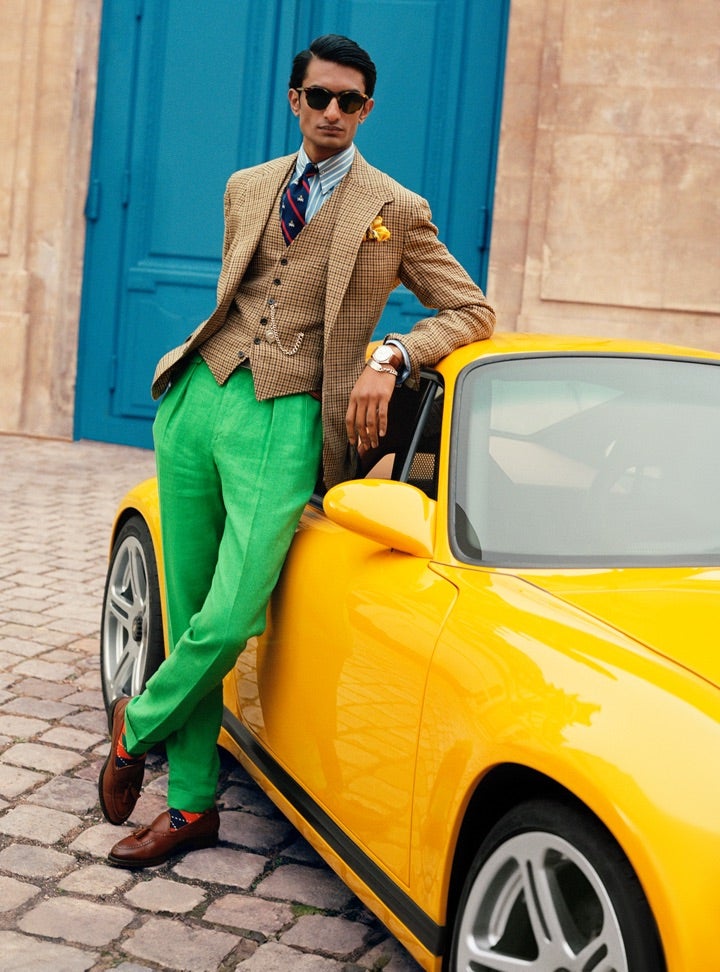
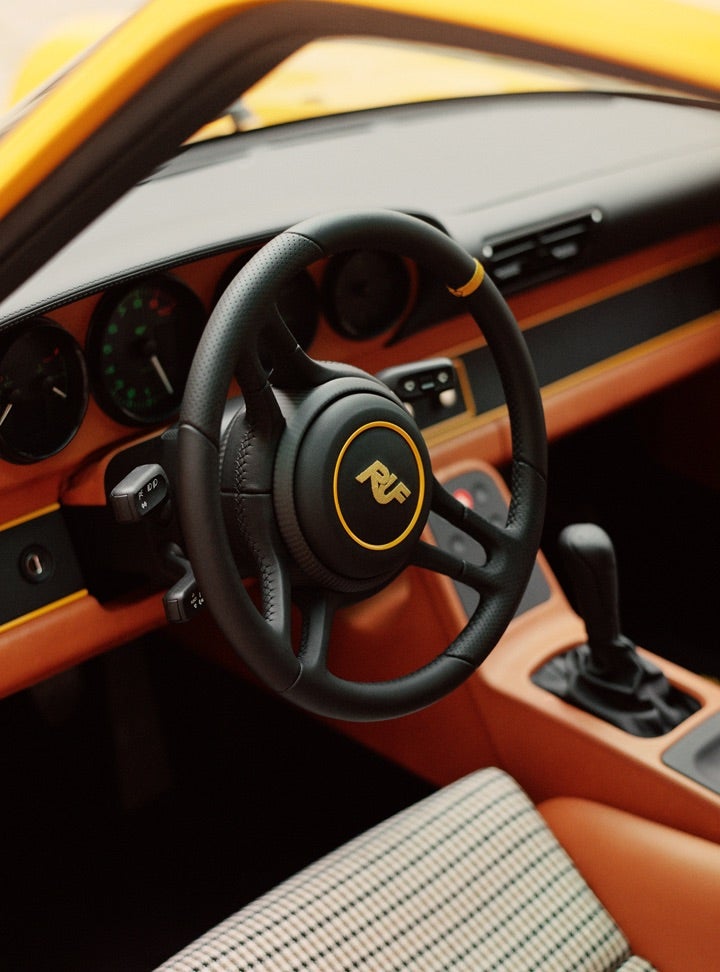
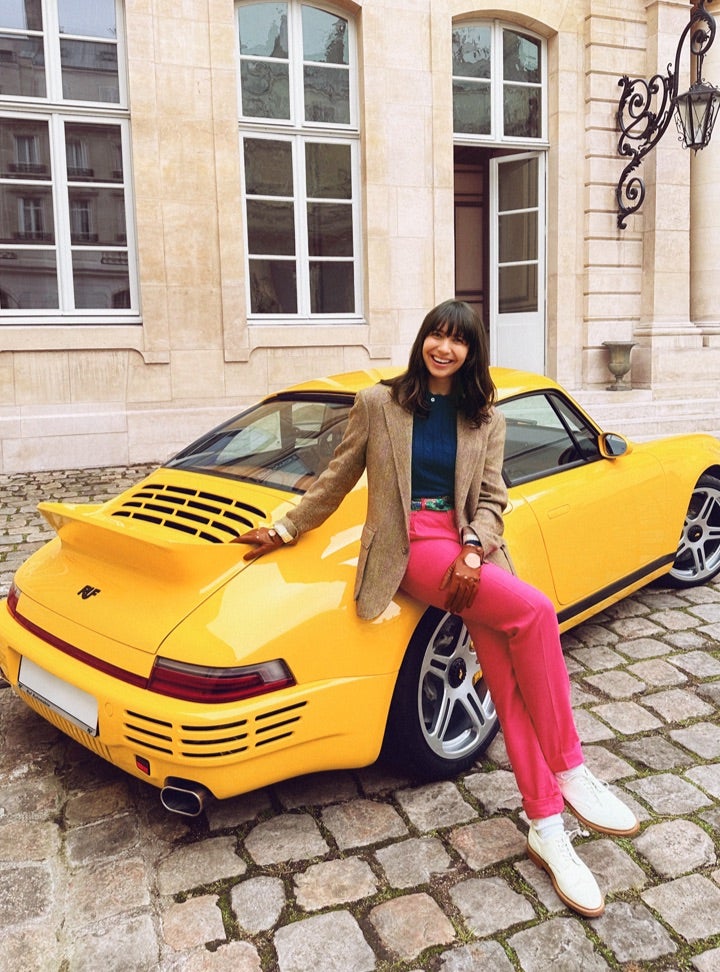
Aloisa Ruf (far right), who works for the family business as a guide to the color choosing process, with a CTR Anniversary. A tribute to the legendary Yellowbird, the car was featured in a recent Polo shoot (far left) that took place in Paris to capture the colorful spirit of our spring collection
It wasn’t until 1987 that the real symbiosis between Porsche and RUF began. That year, RUF released its iconic Yellowbird. “It was the undisputed king of the road and racetrack,” Gushue adds. “Its performance was literally a generation ahead of its competition, as evidenced by its records standing for many years into the 1990s. This car became a cult object, a mythical white whale in the car world, a true icon.” The color became as synonymous with RUF as orange is with Hermès.
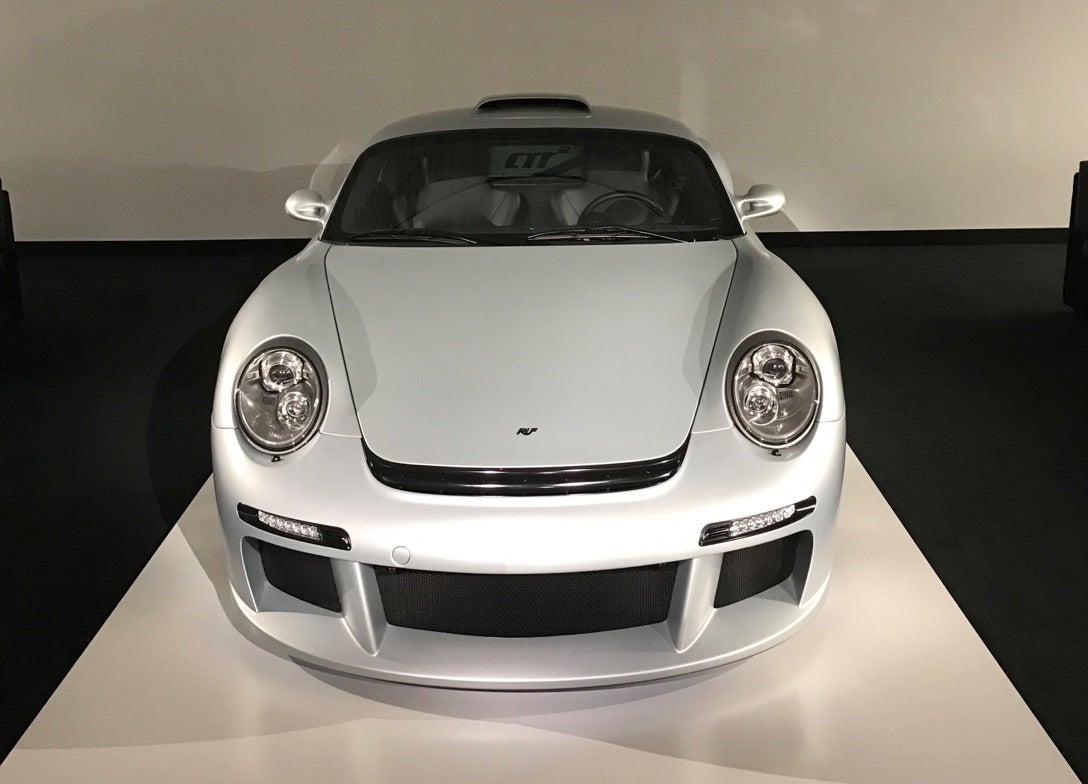
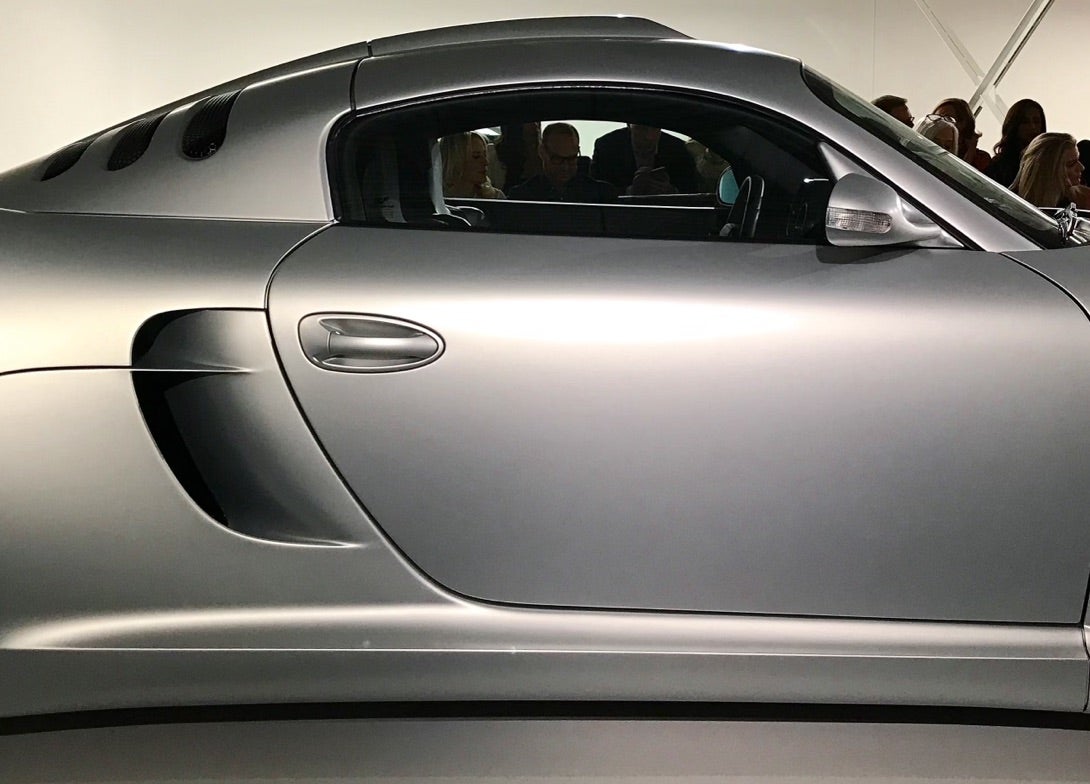
Ralph’s CTR3 photographed in his garage
Then a second moment arrived that solidified RUF in history. In the 1990s, a then-young video game developer in Japan named Kazunori Yamauchi was working on an automotive video game franchise for Sony called Gran Turismo. Yamauchi wanted to put a Porsche in the game. “They were blocked by EA Games in the U.S. who had exclusive worldwide rights to Porsche for their franchise, Need for Speed,” Gushue tells me. RUF was in the right place at the right time, bridging the gap between Porsche and Gran Turismo. “They licensed their name and the Yellowbird car,” he says, “thereby achieving two goals with one signature: A ‘Porsche’ would be present in the game, preserving its place in the minds of young car enthusiasts around the world, and the RUF name would be forever preserved among a generation who grew up on the game, some of whom would become lifelong customers of RUF.”
However fun it may be to drive a Yellowbird on-screen, being behind the wheel of a RUF in real life is one thing digital technology will probably never catch up to.
The Polo Gazette
Issue N˚ 10




